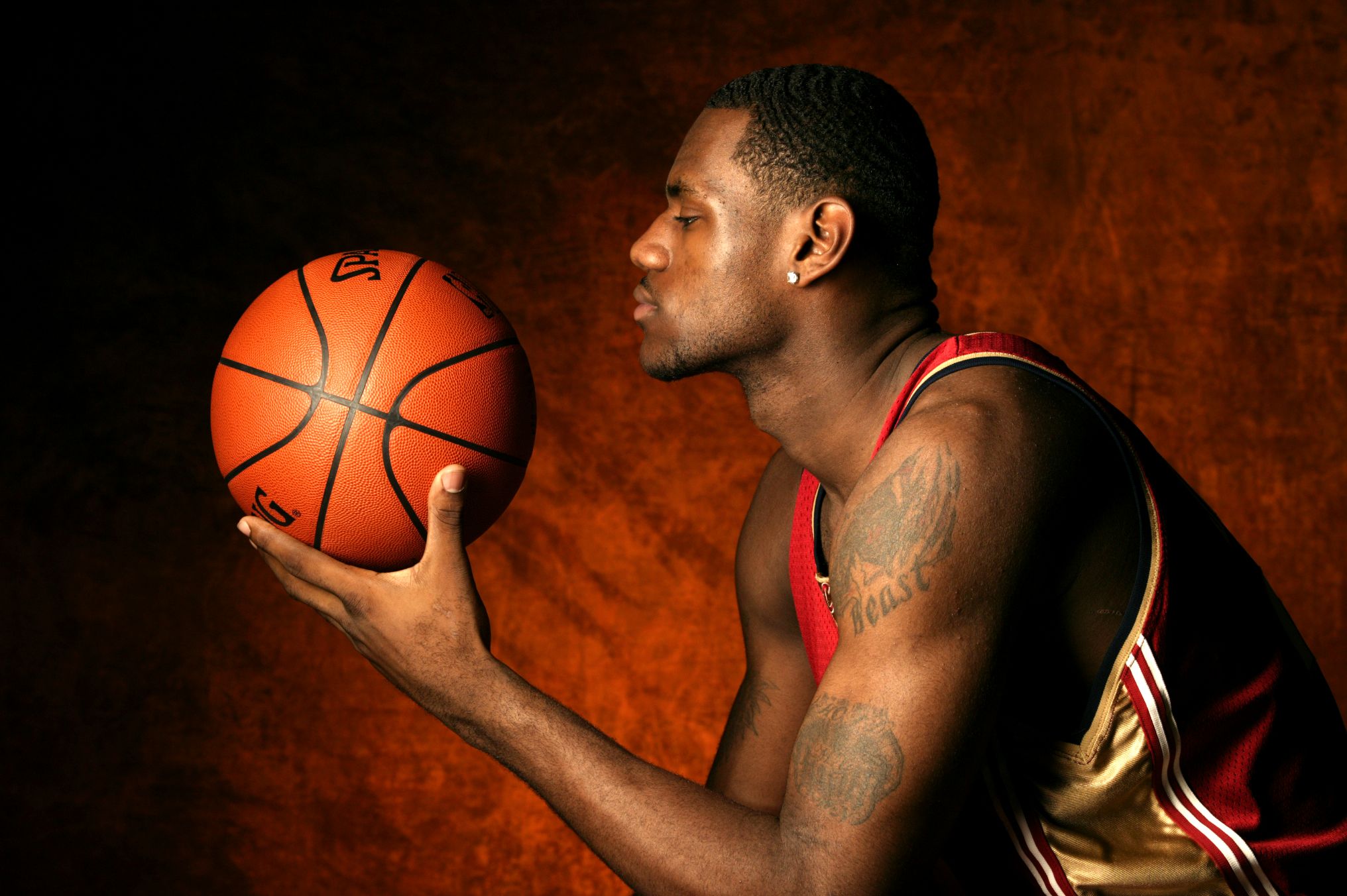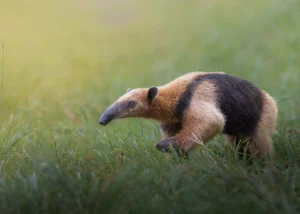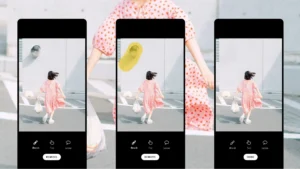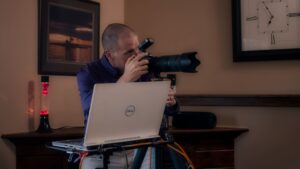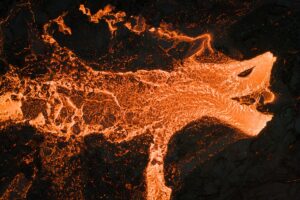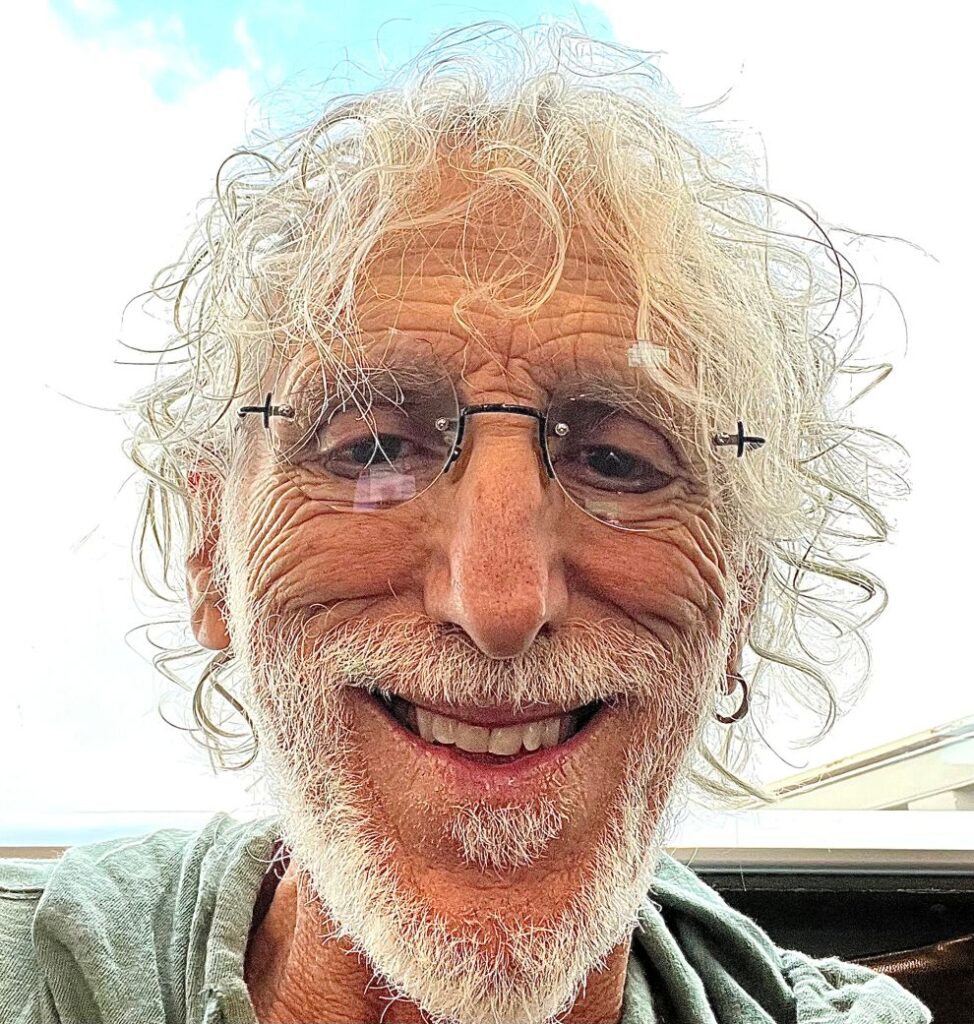
Sometimes you just have to chase the shot – and sometimes, the shot chases you.
Chris Covatta
You can also listen to this episode with Chris on iTunes, Pocket Casts, Spotify, Castbox, and Google Podcast
Join our online community and interact with the host, Perrin, gain access to monthly photo contests, discover daily inspiration, and much more!
Interested in contributing? Visit our Supporter page to find out more.
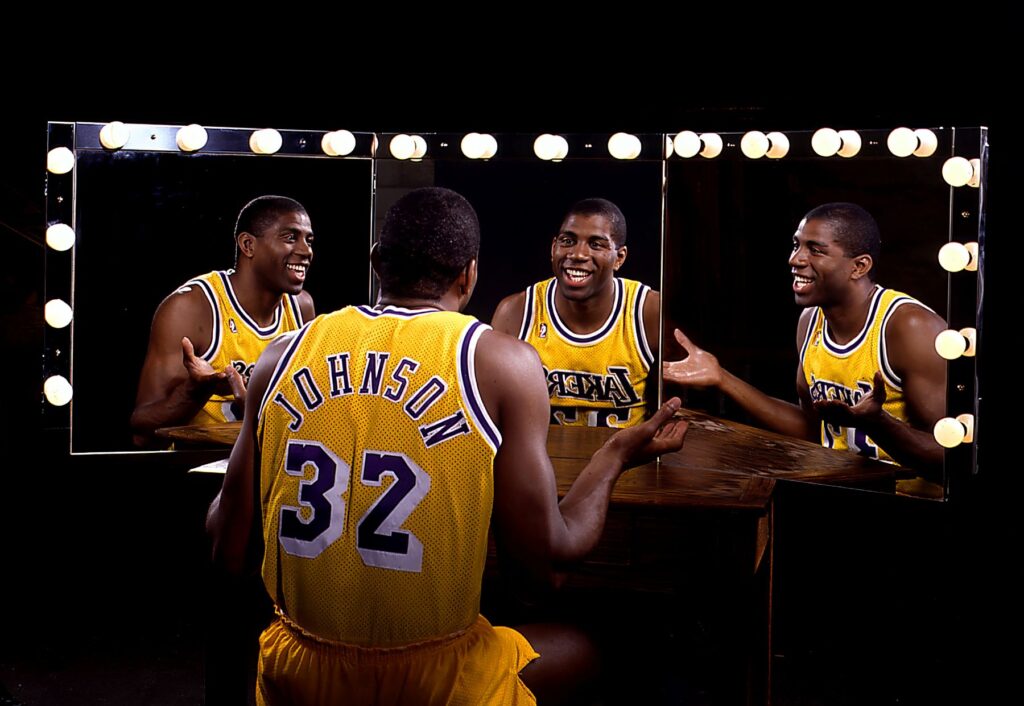
The first photo Chris Covatta ever developed was blurry. It was of a statue, slightly askew, more of an accident then anything. He didn’t really know what he was doing. But watching that image appear in that tray of developer under a red light? That was it. He was hooked.
From there, things didn’t exactly unfold in a straight line. Chris wasn’t a kid prodigy with a camera or someone who had a five-year plan. He was, as he puts it, a bit of a lost soul in high school. But he stuck with college, started dabbling in photography through a campus newspaper, and eventually talked his way into gigs. At first it was at a tiny Kentucky daily, then into bigger papers, national magazines, and ultimately into the heart of American sports photography.
In this conversation, we cover four decades of stories: from chasing basketball players down the court with a 600mm lens to scrambling under the grandstands to set up mirrors for Magic Johnson. Chris has worked for Sports Illustrated, Time, Upper Deck, and he’s got a few “I can’t believe I missed that shot” moments too (wait until you hear about the beach ball incident).
But what’s maybe most interesting is where he’s landed now. After an injury forced him to hang up his sports gear, Chris found himself driving around Texas with just his iPhone, chasing light and pulling old gems from his archive. He’s not trying to land magazine covers anymore, he’s having fun, rediscovering the magic of photography for himself.
Here’s some of what we get into:
- How one blurry statue photo kicked off a lifelong obsession
- The gear and grind behind decades of action sports photography
- What it takes to set up a portrait shoot under a basketball arena
- Why autofocus and iPhones both changed his creative life
- The highs, lows, and weirdness of freelancing in the sports world
- How he’s reinventing himself now, and why he’s still not done
Chris brings honesty, heart, and a ton of great stories to the table. This one’s for anyone who’s ever chased a passion, lost it, and found it again. Enjoy!
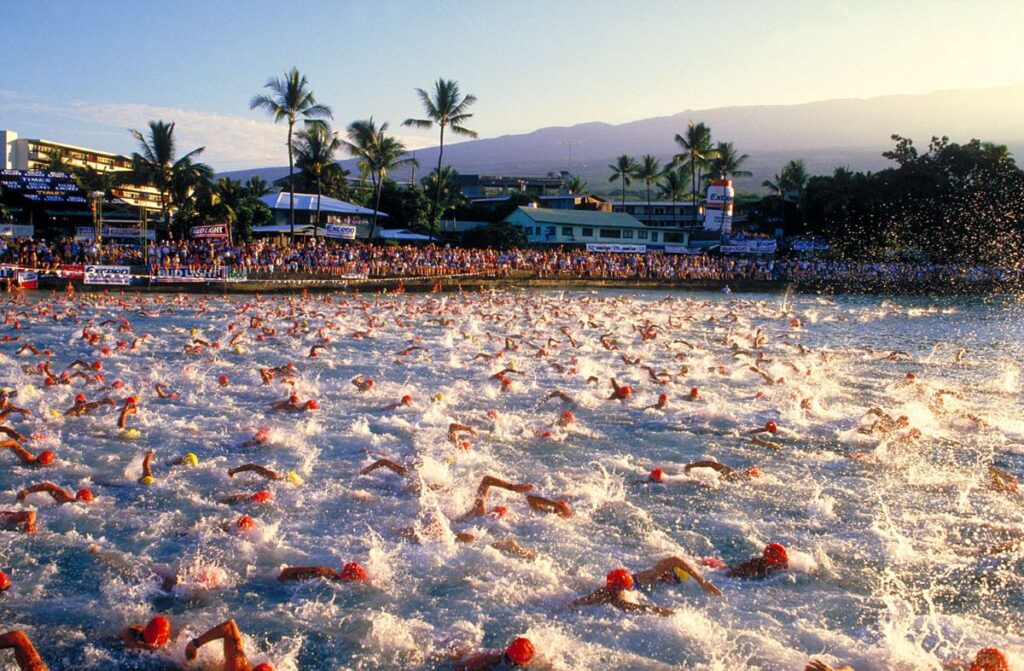
Q: What is the most exciting change in your career that you’ve embraced that’s made you more passionate about photography?
Chris: Two things really extended my career as a sports photographer, autofocus and digital. Autofocus was shaky at the start but improved a lot, and it made a huge difference for me. Digital also helped because it was tough looking at negatives on a light table. With digital, I could see what I was doing right away and adjust. It kept me going longer than I might have otherwise.
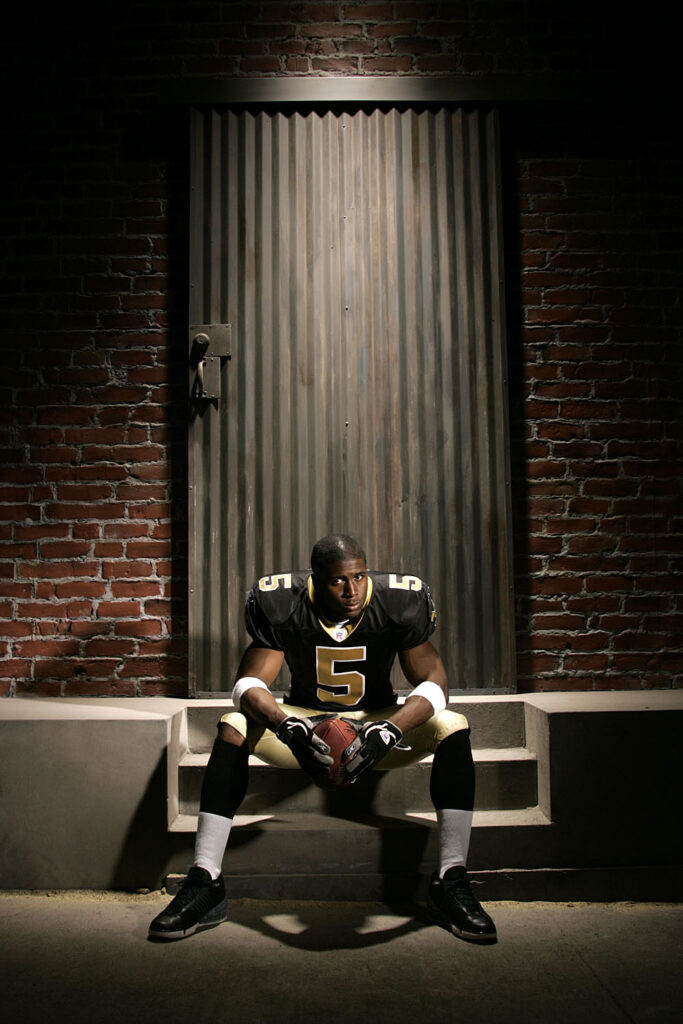
Q: How did you stay inspired if sports photography took so much out of you? Did you ever experience burnout or take a break?
Chris: I loved the thrill of the chase. Even though it took a lot out of me, the adrenaline and excitement kept me going. I did lose interest in baseball photography because it didn’t suit my personality, but basketball and football always gave me the energy I needed. It wasn’t about burnout, it was about staying connected to the parts of photography I enjoyed most.
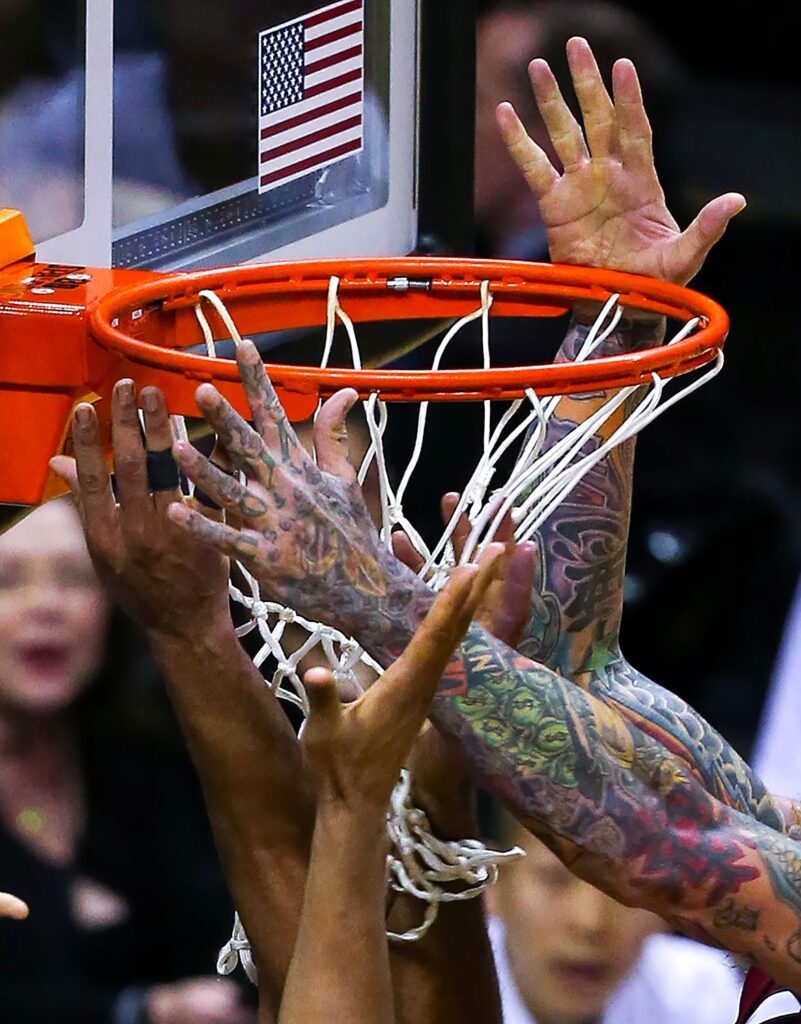
Q: What are some of the biggest mistakes you’ve seen sports photographers make that others should avoid?
Chris: You’ve got to know the sport, know the players, and be prepared. You can’t just get a great shot of some random player and expect it to matter, it has to be of someone like Tom Brady or Brett Favre. Also, timing and knowing how offenses and defenses operate really helps. Autofocus has made it easier now, but back in the day, we were manually focusing and racing down football fields with 600mm lenses, there was no room for error.
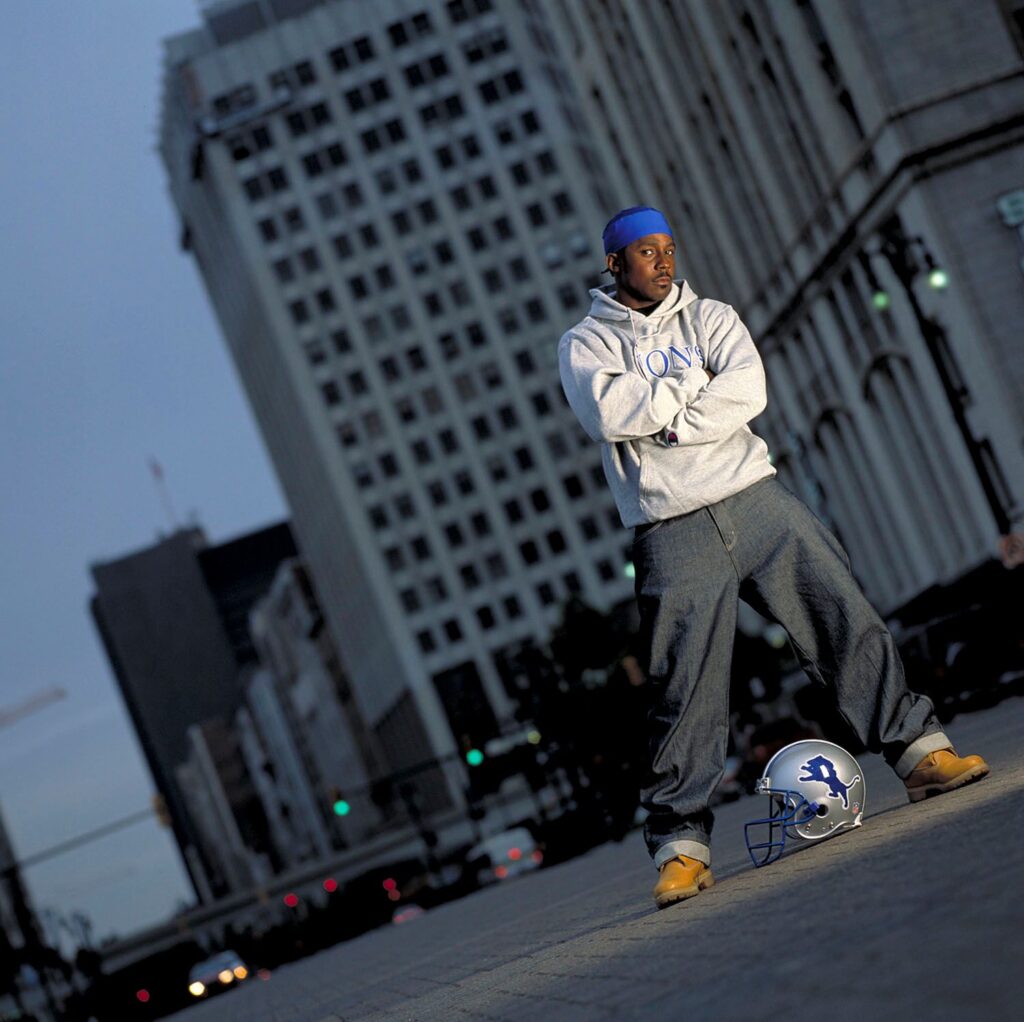
🔗 Connect with Chris Covatta
🧭 What We Talked About
🎼 Early Journey / Origins
- Chris got his start in Louisville, Kentucky, inspired by the photojournalism in the Louisville Times.
- He fell in love with photography the moment he saw his first print develop in a darkroom. He was hooked instantly, even if that first photo was a blurry statue.
- His early break came in 1974 with a front-page photo of a street performer on Christmas Day, followed by a low-paying but formative job at the Paris Daily Enterprise, the smallest daily in Kentucky.
📖 Philosophy / Vision / Storytelling
- Chris emphasized that photography is about being prepared and present. Whether photographing Magic Johnson under the bleachers or catching fleeting moments in sports, it’s all about being in the right place, at the right time-and knowing what you’re there to do.
- He sees a clear distinction between “good photos” and meaningful photos, often emphasizing storytelling, composition, and capturing iconic players or pivotal moments, not just “nice shots”.
- “Art is in the eye of the beholder,” he says, acknowledging that even blurry snapshots can hold emotional weight for someone.
📷 Tools, Gear, and Behind the Scenes
- Over the years, Chris has used everything from massive 600mm lenses to the Canon R6 and even the iPhone 15 Pro for travel and art photography.
- He praised Topaz Photo AI and Gigapixel AI for revolutionizing post-processing, especially for upscaling older images and iPhone shots to sell as prints.
- He no longer uses long lenses since retiring from sports, instead enjoying lightweight gear and creative tools for his art photography.
🔁 Practice, Teaching, Platforms
- Chris now focuses on his online art store, showcasing decades of work from travel, landscape, and sports to experimental portraits.
- His current process involves revisiting old images with modern AI tools, cataloging thousands of photos, and selling prints and posters across categories like sunrises, panoramas, and urban abstracts.
- He hinted at possibly doing workshops or teaching in the future, having decades of experience shooting for publications like Time, Sports Illustrated, and Upper Deck.
💬 Advice, Creative Strategy, or Challenges
- Preparation is key. Chris repeatedly stressed the importance of arriving early, knowing your subject, and anticipating the action-especially in sports and celebrity portraiture.
- He advised new photographers to know the game and the key players, since the best image of a “nobody” doesn’t hold editorial value.
- He noted the economic reality of the industry: despite advancements, photography assignments like those from Sports Illustrated still pay the same as 30 years ago.
🌍 Influences, People, Brands, or Places
- Influenced by Neil Leifer (famous for the Muhammad Ali/Sonny Liston photo). Chris credits Leifer for pushing his portrait work to the next level.
- He’s worked with brands like Upper Deck, Time Magazine, Sports Illustrated, and Ritchie Bros. Auctioneers in Vancouver.
📷 Tools, Gear, and Behind the Scenes
Cameras:
- Canon R6 (his current digital workhorse)
- iPhone 15 Pro (used for travel, landscapes, and his art store prints)
Lenses & Accessories:
- Canon 400mm and 600mm lenses (essential for sports)
- 70-200mm and wide-angle lenses for versatility in the field
- Strobes used in basketball arenas for high-quality, timed flash shots
AI & Software Tools:
- Topaz Photo AI – for sharpening and enhancing older or mobile images
- Topaz Gigapixel AI – for upscaling prints for large-format posters
- Adobe Photoshop – used throughout his career for editing
🔮 What’s Next for Chris
- Having retired from sports photography due to a medical setback, Chris is fully leaning into fine art photography.
- His mission now: curate and sell images from 40+ years of archives, rediscover creative freedom, and embrace the joy of photography with the gear he has, even if it’s just a phone.
- He’s relishing this new phase, driving around Texas with his iPhone, capturing landscapes, experimenting with AI, and exploring what “art” can look like in 2025.


